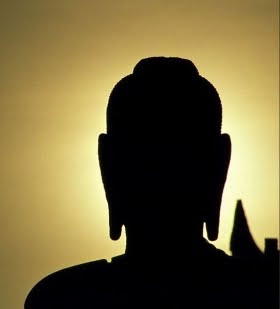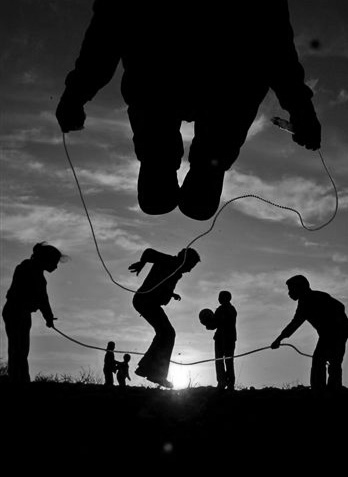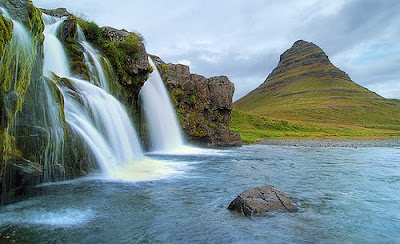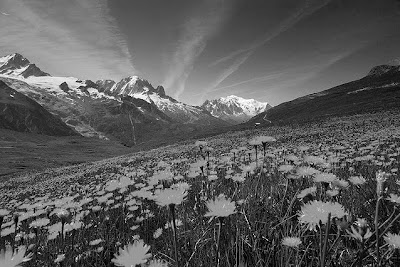21 December 2012
LOOK: Best Photos of the Year (various sites)
Reuters' 30 best photos of the year. CLICK HERE.
Big Picture Best of the Year, Pt. 1. CLICK HERE.
Big Picture Best of the Year, Pt. 2. CLICK HERE.
Big Picture Best of the Year, Pt. 3. CLICK HERE.
ABC Photos of the Year. CLICK HERE.
International Garden Photography 2012. CLICK HERE.
Astronomy Photographers of the Year. CLICK HERE.
Military Photography of the Year. CLICK HERE.
GDT European Wildlife Photographer of the Year 2012. CLICK HERE.
Landscape Photography of the Year. CLICK HERE.
Sports Photos of the Year. CLICK HERE.
Best Satellite Images 2012. CLICK HERE.
Travel Photography of the Year. CLICK HERE.
50 Best Animal Photos of the Year. CLICK HERE.
Most Powerful Images of 2012. CLICK HERE.
Best Surfing Photo of the Year. CLICK HERE.
Urban Photography of the Year. CLICK HERE.
Wildlife Photography of the Year. CLICK HERE.
Sports Photo Highlights. CLICK HERE.
Time's Top 10 Photos of the Year. CLICK HERE.
Time's Best Portraits of the Year. CLICK HERE.
National Geographic Photo Contest 2012. CLICK HERE.
WSJ Photos of the Year. CLICK HERE.
Agence France-Presse's Best Photos of the Year. CLICK HERE.
The Mail's Best. CLICK HERE.
Huff Po Amazing Photos From Around the World. CLICK HERE.
The Atlantic's Year In Picture. CLICK HERE.
Associated Press' Best Photos of the Year. CLICK HERE.
CNN's The Year In Pictures. CLICK HERE.
2012 London Olympics photos. CLICK HERE.
Toronto Sun's Sports Images of the Year. CLICK HERE.
CNN's 75 Amazing Sports Photos of the Year. CLICK HERE.
ITV's Best Football Photos of the Year. CLICK HERE.
19 December 2012
PROJECT 18: Light, Shadow, & Light Writing
DUE: Bring your 36+ photographs to class on the first class period in January 2013. (25 points)

Quite simply, photography could be described as the recording of light as it reflects off of surfaces. This project is designed to force the photographer to seek-out (or fabricate) different kinds of light sources for their subject matter. Light is the backbone in every photograph. In this post-processing, Photoshop-faking, high-dynamic-ranging world of modern photography, beginning photographers often forget about light in the process. It’s to their detriment: Almost every other photographic flaw - poor composition, cheap equipment, etc. - can be excused simply if the light is good. And, despite what a lot of people may think, good lighting is something that just can’t be faked.
DIRECTIONS:
Photographing TWO different 'qualities' of light is the goal. Make 36+ photographs. The different types of light do not have to be grouped together, but keep track of what you have photographed as you will be expected to have the following:
PHOTOGRAPH THE FOLLOWING:
DIRECT SIDE/ABOVE/BELOW LIGHT -- 18 photographsBACKLIGHT (SILHOUETTE) -- 18 photographs
FOUR KINDS OF LIGHT...TWO(!) TO PHOTOGRAPH:
1. DIRECT SIDE LIGHT
Direct light creates distinct, hard-edged shadows.
 |
| Sarah McDowell, Photo 1, Fall 2010 |
What is it good for: Sidelighting is arguably the most aesthetically-interesting of all forms of light. It’s the easiest method to give your images the illusion of depth, as shadows will be darker in a sidelit image. Portraits in front of a window are a classic example of a sidelit look that many photographers try and replicate.
Challenges: Balancing both shadow and highlight areas can be a challenge for many photographers and many digital cameras. This is the most advanced type of lighting, and the setup time and knowledge level necessary for a good exposure is almost certainly increased.
Direct Light – Lighting in which the light goes straight from the source to the lit object. An example is a light bulb or the sun.
Compare that to indirect lighting, which is when there is no single direct light source. The object is lit by scattered or bounce light. For example on a cloudy day when the sun is covered by clouds, its rays are scattered and everything is lit indirectly.
All forms, when lit with direct light have the same elements – highlight, halftone, core shadow, reflected light, and cast shadow. It’s an essential skill to be able to quickly identify each element on a given object and to execute each accurately.
A. Highlight
B. Halftone
C. Core Shadow
D. Reflected Light
E. Cast Shadow
2. BACKLIGHT (SILHOUETTE)
A silhouette is created when the subject matter is between the camera and the light source (the camera is pointing at/into the light source). This produces a black figure of your subject matter, but very little detail in the subject matter.
 What is it: A subject directly in front of the primary light source.
What is it: A subject directly in front of the primary light source.What is it good for: Backlighting is used to produce sharp silhouettes or interesting lighting effects with partially-transparent objects like flowers or leaves.
Challenges: Most cameras struggle to find the right exposure for a backlit image, making this an effect that’s often easier to produce with manual settings. Poorly-exposed backlit images represent the worst of both worlds, with unclear detail in both the background and subject. The effect also tends to be overused, so images run the risk of being cliche.
3. DIFFUSED LIGHT **YOU ARE NOT PHOTOGRAPHING THIS KIND OF LIGHT**

DIFFUSED light is light that hits subject matter AFTER having bounced off a suface or been filtered by something prior to hitting the subject matter. Examples would be light coming through overcast clouds, light that hits a wall after being filtered by a lampshade, and the light that portraitists use where the flash of a camera light is directed into a diffusing umbrella so as to hit the subject (a person's face) evenly and without cast shadows. Diffused light is characterized by little to no shadows.
What is it: A specific type of frontlighting that loses some of its directionality. A common side-effect of overcast days, diffused frontlight results in an image that is more evenly illuminated than a simple frontlit photo alone.
What is it good for: Because the diffusion reduces shadows, it’s good lighting for portraits, macro photography or other detail shots where you want to eliminate shadow.
Challenges: The sky is dull and boring in diffused frontlit photos, giving landscape photographs a gloomy look that may not be desirable. It’s better to shoot portraits and the like against an interesting backdrop rather than a dull and lifeless sky.
4. FRONT LIGHT. **YOU ARE NOT PHOTOGRAPHING THIS KIND OF LIGHT**

What is it: It’s fair to say the majority of photographs taken are examples of frontlighting. It is what is most familiar - the sun provides the lighting for the photo. Imagine that a giant spotlight was mounted to the top of your digital camera instead of a flash. That’s exactly what frontlighting is.
What is it good for: Just about anything - this is the basic type of light. Frontlighting is the basis behind most forms of landscape photography, since it is capable of creating evenly exposed scenes with striking skies. Camera exposure meters generally thrive in a front-lit environment, making it a great type of light for snapshots or other on-the-go photos.
Challenges: Making the photography interesting. Since almost all photographs are frontlit, it’s tough to make yours look distinctive. In addition, not all frontlighting is valued the same. Midday lighting comes from directly overhead rather than straight-on, producing harsh and distracting shadows. Light in the early morning hours or in the late evening has a richer quality to it, but there’s only a small window to shoot in. You have to be quick.
EXTRA PHOTOGRAPHS (If you choose to do these, these are AFTER the other 36+ photographs)
IF YOU HAVE A CAMERA THAT ALLOWS YOU TO CHANGE THE SHUTTER SPEED, YOU WILL BE ABLE TO PHOTOGRAPH LIGHT TRAILS, OFTEN REFERRED TO AS LIGHT WRITING.
 |
| Joel Meyerowitz. Spinning Christmas Tree. NYC. 1977 |
Spinning lights on a fan. CLICK HERE.
"Light writing" image search. CLICK HERE.
"Writing with light" image search. CLICK HERE.
How to do light writing. CLICK HERE.
This site might help you. CLICK HERE.
*Do a search for "light writing" or "light graffiti" if you need help and/or ideas. There is a lot of information out there.
18 December 2012
Subscribe to:
Comments (Atom)



